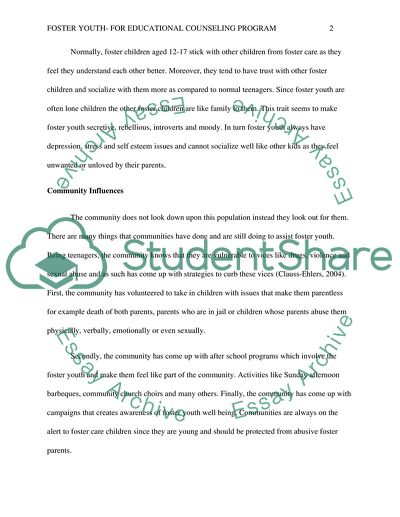Cite this document
(Foster Youth- For Educational Counseling Program Assignment, n.d.)
Foster Youth- For Educational Counseling Program Assignment. Retrieved from https://studentshare.org/education/1870855-foster-youth-for-educational-counseling-program
Foster Youth- For Educational Counseling Program Assignment. Retrieved from https://studentshare.org/education/1870855-foster-youth-for-educational-counseling-program
(Foster Youth- For Educational Counseling Program Assignment)
Foster Youth- For Educational Counseling Program Assignment. https://studentshare.org/education/1870855-foster-youth-for-educational-counseling-program.
Foster Youth- For Educational Counseling Program Assignment. https://studentshare.org/education/1870855-foster-youth-for-educational-counseling-program.
“Foster Youth- For Educational Counseling Program Assignment”, n.d. https://studentshare.org/education/1870855-foster-youth-for-educational-counseling-program.


